
Game of Thrones: The Roleplaying Game – A Westeros Adventure
Contents
- Beyond the Wall: Mors Westford’s Journey
- House Sarwyck: Alester’s Return
- A Tale of Two Stories: Interwoven Narratives
- Gameplay and Mechanics: A Classic RPG Approach
- Dialogue and Choices: A Linear Path
- Combat and Companions: Limited Interaction
- Visuals and Sound: A Mixed Bag
- Conclusion: A Westeros Experience with Flaws
In the year 298 AC, following Robert Baratheon’s rebellion, the Targaryen dynasty crumbled after centuries of ruling the Seven Kingdoms of Westeros. Robert ascended the throne, ushering in a new era of political intrigue and power struggles. However, our story doesn’t begin in King’s Landing, but far north, beyond the towering Wall, where winter never ends.
Beyond the Wall: Mors Westford’s Journey
The Wall stands as a formidable barrier, separating the Seven Kingdoms from the mysterious north. It is the domain of the Night’s Watch, sworn to protect the realm from the threats beyond. Life at the Wall is harsh, a constant battle against the unforgiving elements. Mors Westford, a seasoned Night’s Watch ranger, faces numerous challenges: hunting deserters, training recruits, searching for lost patrols, battling wildlings, and dealing with threats emanating from the distant capital. This is just one thread of the narrative woven within Game of Thrones: The Roleplaying Game.
 Mors Westford at the Wall
Mors Westford at the Wall
House Sarwyck: Alester’s Return
Another storyline unfolds in Riverspring, the seat of House Sarwyck. Alester Sarwyck, the eldest son, returns after 15 years of absence. He is immediately confronted with family turmoil, local unrest, and a power struggle with his ambitious cousin. Troubles mount, adding further layers of complexity to the game’s narrative.
A Tale of Two Stories: Interwoven Narratives
Two seemingly disparate stories unfold within Game of Thrones: The Roleplaying Game, leaving players initially bewildered. Developer Cyanide Studio intentionally employs a narrative structure reminiscent of television series, jumping between storylines to build suspense and intrigue. While seemingly disjointed at first, the narratives gradually intertwine, revealing a cohesive and engaging experience.
 Alester Sarwyck in Riverspring
Alester Sarwyck in Riverspring
The game stays true to the source material without conflicting with the main plot, cleverly weaving its own narrative into the existing lore. Players encounter familiar characters like Cersei Lannister, Jeor Mormont, and Varys, interacting with them and shaping the story in unique ways. This engaging narrative is a key strength of the game.
Gameplay and Mechanics: A Classic RPG Approach
Game of Thrones: The Roleplaying Game adopts a classic Western RPG style with a streamlined character creation system. Players choose from pre-defined character classes, customize attributes, abilities, and skills, and utilize a unique “Traits” system that balances strengths and weaknesses. This simplified approach allows for a more accessible entry point compared to more complex RPGs.
 Combat in Game of Thrones
Combat in Game of Thrones
Movement between locations is limited, with a tightly structured narrative guiding players through specific objectives. While exploration is a staple of many RPGs, Game of Thrones prioritizes a focused storyline, limiting opportunities for open-world wandering.
Dialogue and Choices: A Linear Path
The game incorporates dialogue choices that influence the narrative, but the system lacks depth and predictability. The impact of choices feels minimal, with straightforward options and limited consequences. While the game attempts to offer player agency, the execution falls short, resulting in a largely linear experience.
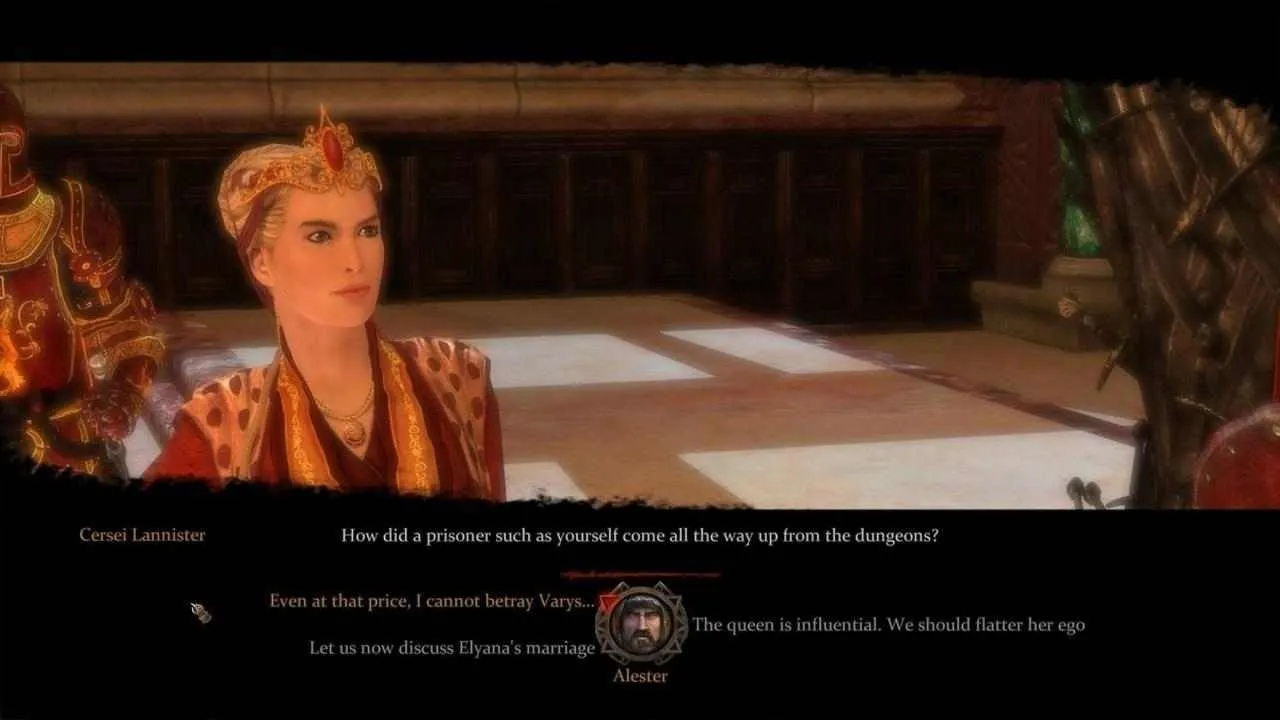 Dialogue choices
Dialogue choices
Combat and Companions: Limited Interaction
The real-time combat system allows pausing to issue commands and encourages coordinating character abilities. However, the animations are weak, lacking the visual impact and fluidity expected of modern RPGs. Managing companions is also restrictive, with limited control over their equipment, skills, and even their presence in the party.
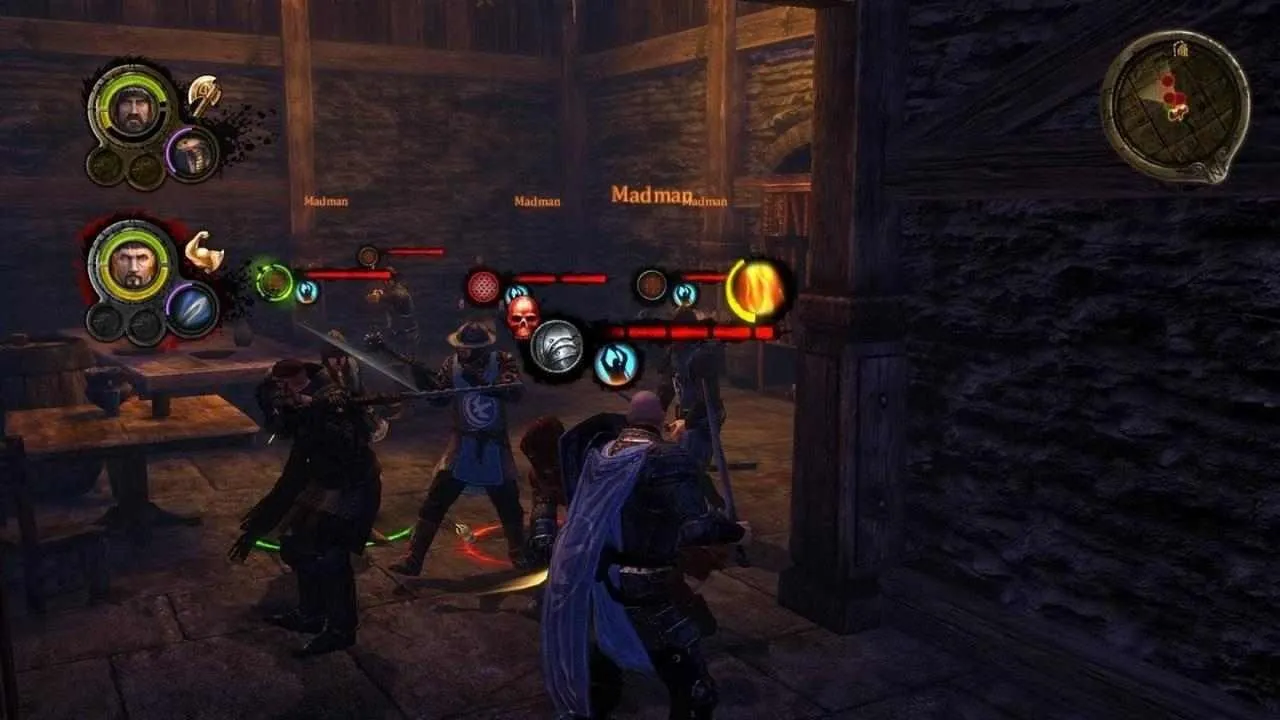 Combat scene
Combat scene
Visuals and Sound: A Mixed Bag
While capturing the gritty atmosphere of the television series, the game’s visuals suffer from a lack of polish. Character models, effects, and lighting appear dated, detracting from the overall presentation. The soundtrack, however, fares better, incorporating music from the show and featuring voice acting from some of the original cast.
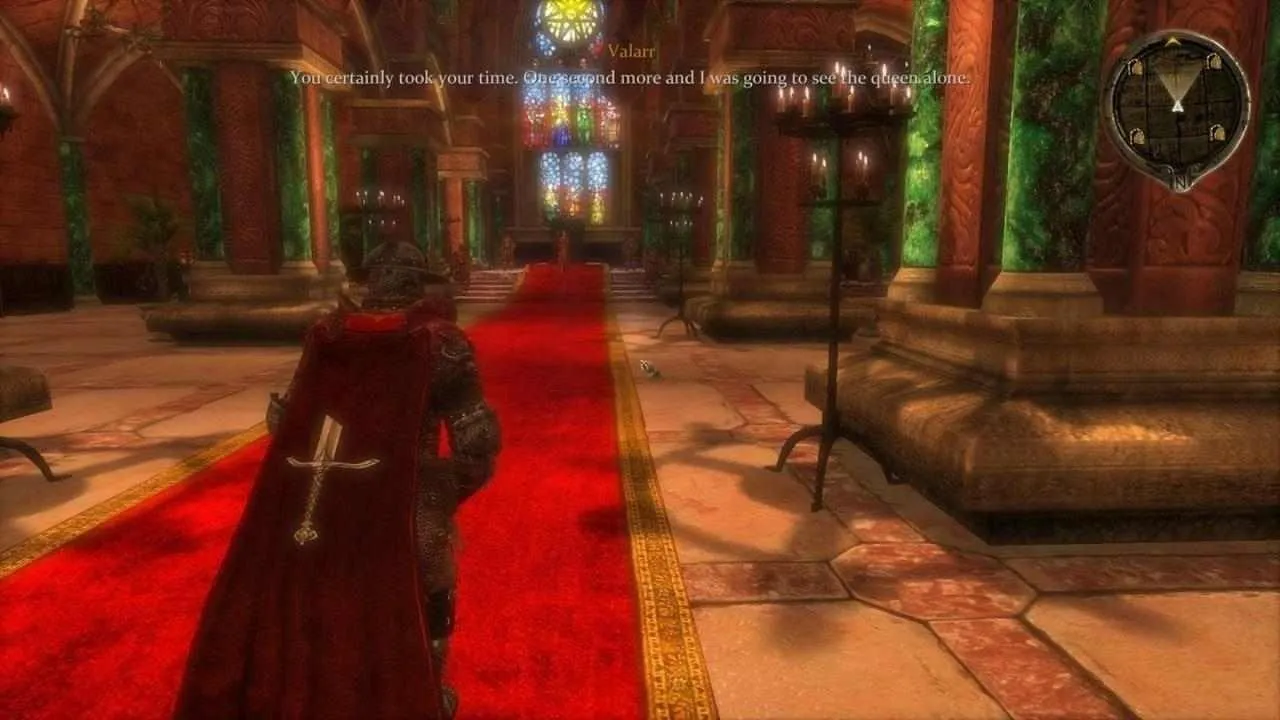 Game environment
Game environment
Conclusion: A Westeros Experience with Flaws
Game of Thrones: The Roleplaying Game offers a unique opportunity to experience the world of Westeros from a new perspective. The engaging narrative and faithful adaptation of the source material are its strongest aspects. However, the game’s shortcomings in gameplay mechanics, visuals, and player agency prevent it from reaching its full potential. Despite its flaws, it remains an interesting experience for fans of the series seeking a deeper dive into the world of Game of Thrones.
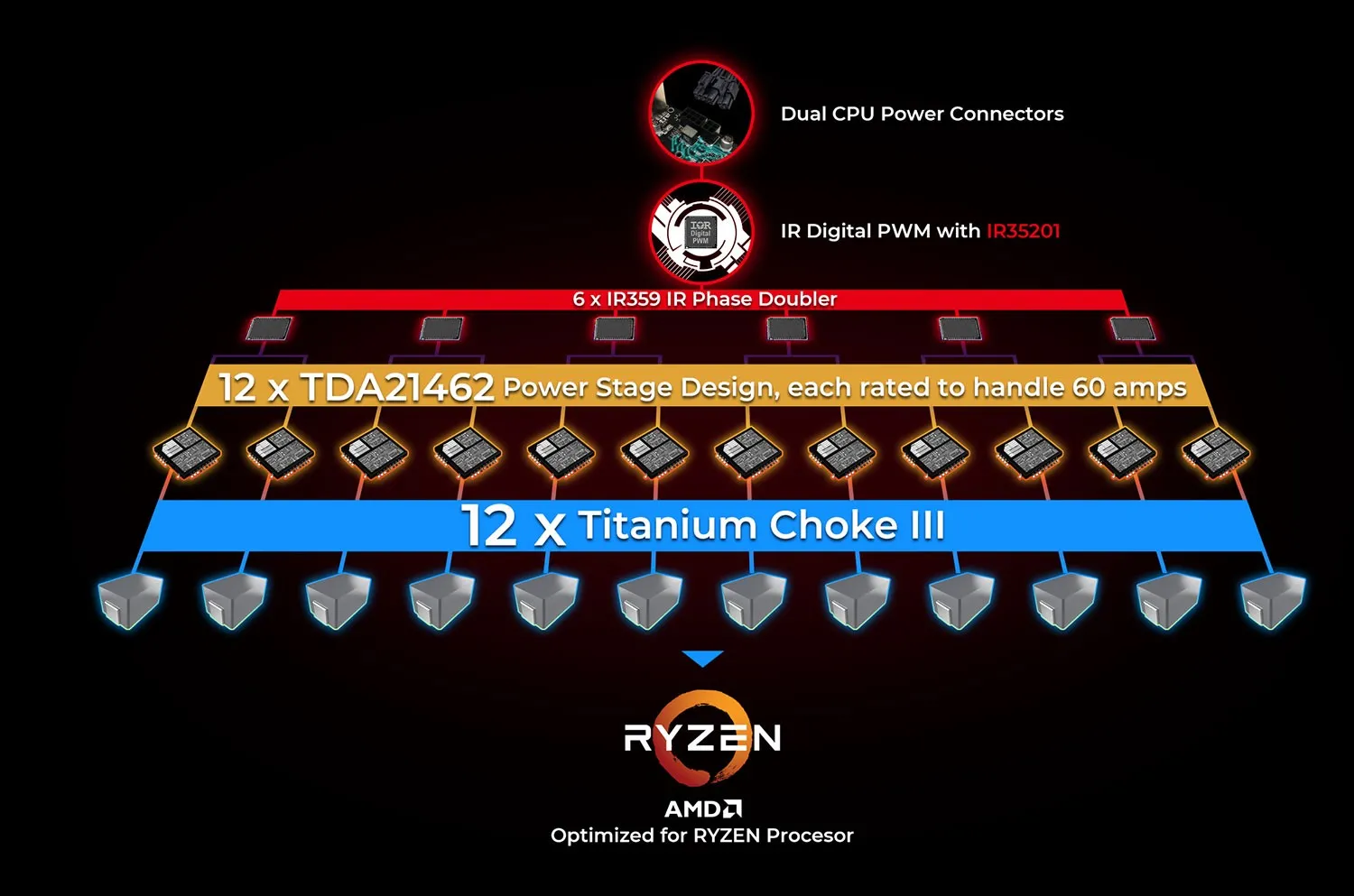
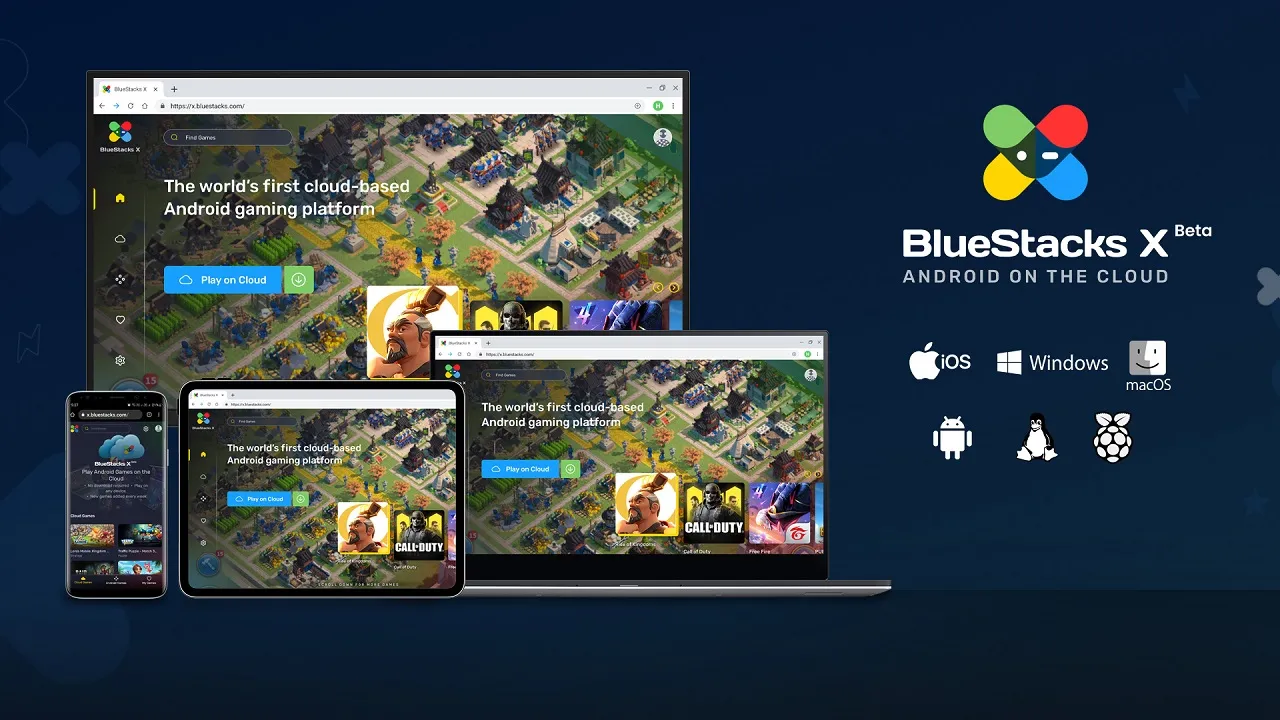

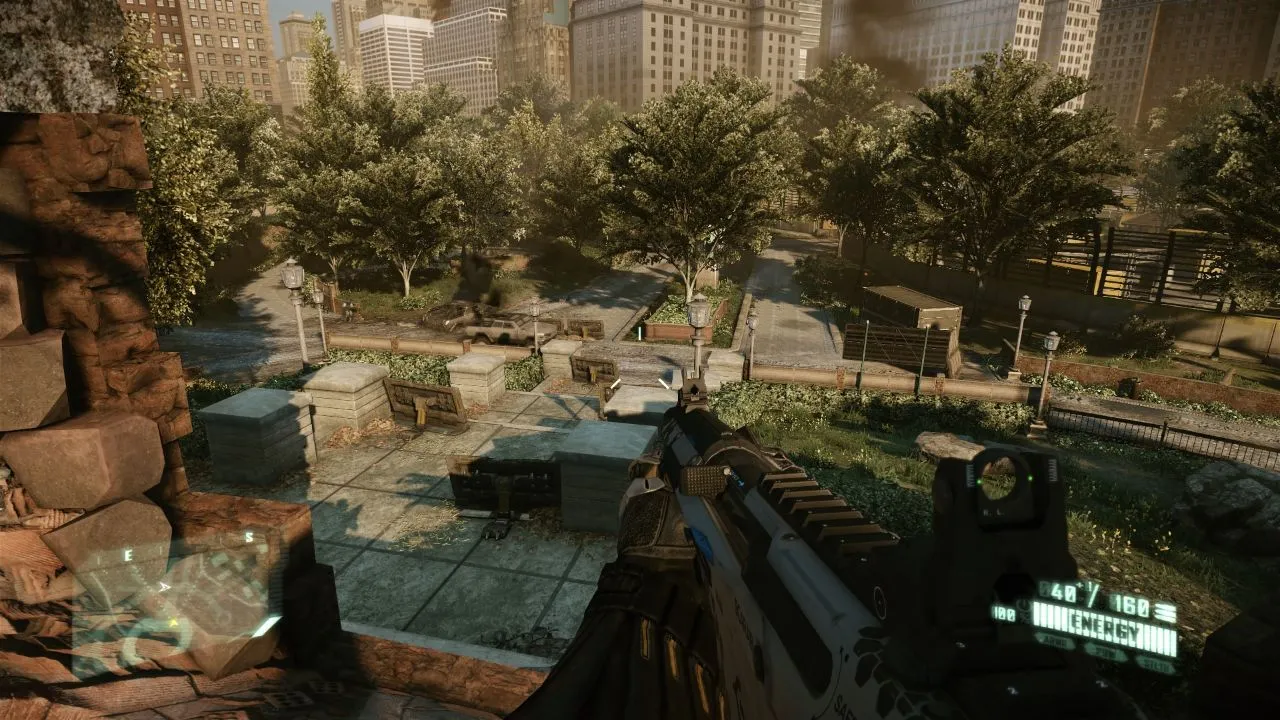

Comments (0)